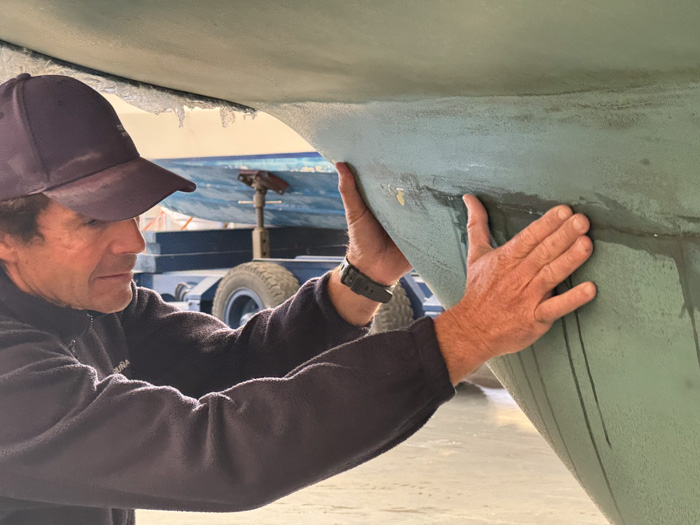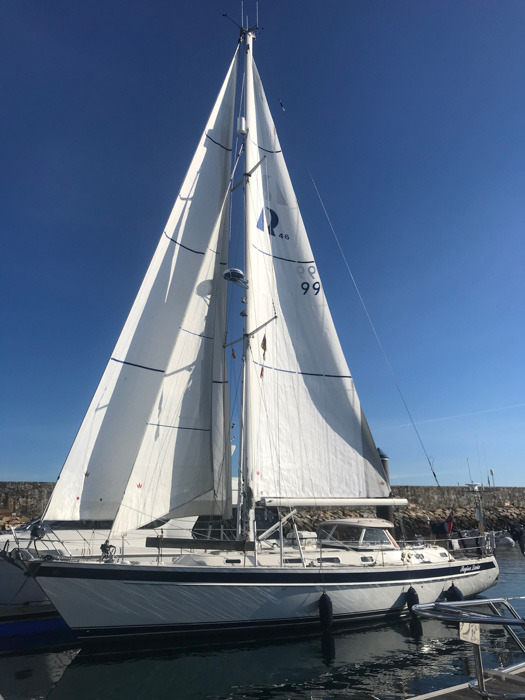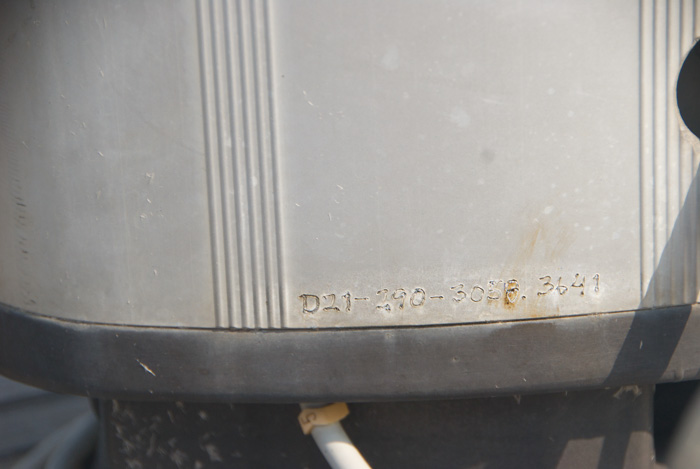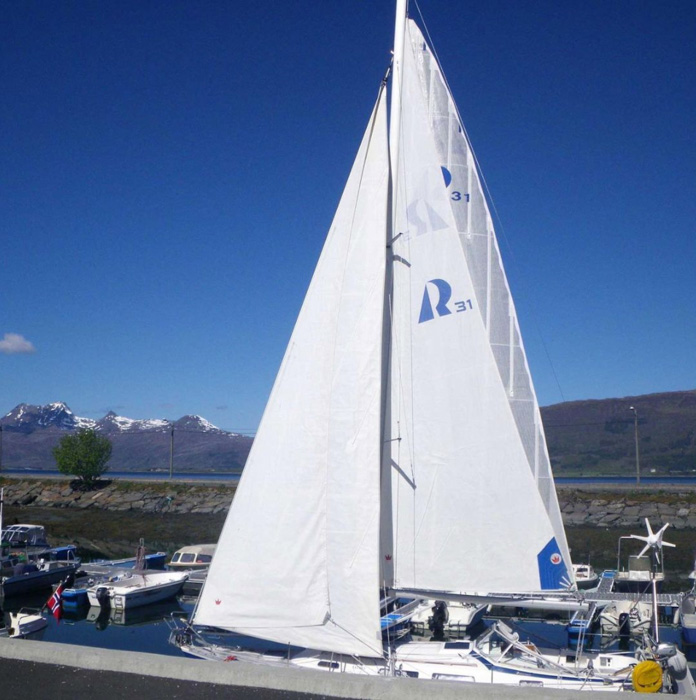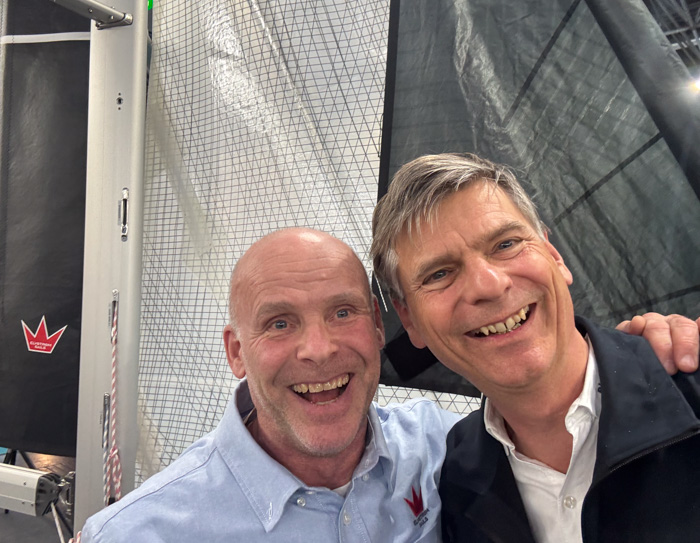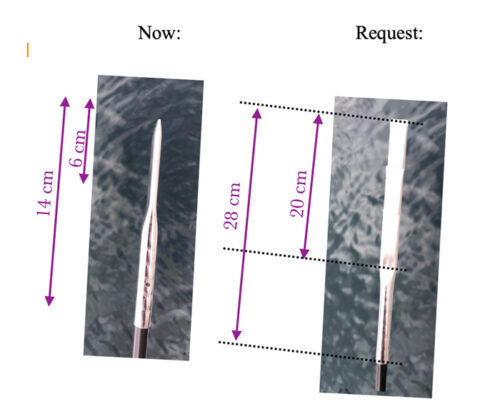Sails
Which sails do you use on your HR46?
.
When choosing sails, it’s not just a question of which sailmaker you choose, but also it’s a question regarding choice of cloth and battens, especially on an inmast furling system. What is even more important is that older masts are not quite made for battens, since the first furling sails were always made without battens and the masts were designed accordingly.
I have now sailed some 75,000 miles with inmast furling, first on my HR40 and currently on my HR46. I change sails after some 35,000 miles. So, I have changed a couple of times, despite Elvstrom claiming I could have gone on sailing with my old sails thanks to the outstanding and durable cloth I use, which is Hydranet.
Choice of Sail maker
This leads to the question of sail maker and my choice so far has always been to go back to Elvstrom, simply because it works so well. They keep track on every Hallberg-Rassy been built, have the data base of Seldén’s masts which individual numbers, which is important to make a note of. It’s on the foot of the mast.
My experience has been very good working with Elvstrom where all sails have just fit.
Choice of sail cloth
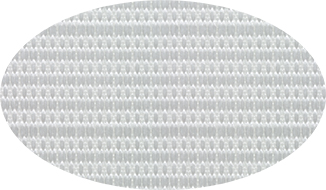 Second question is the cloth itself. There is a variety from simple Dacron to complex laminate sails which are extremely good, until they suddenly break. In may case, doing extensive offshore and ocean cruising, I need durability. Hence I chose Hydranet by Dimension-Polyant. For my last set of sails 2020, I chose the radial type, but the cross-cut is very similar when it comes to performance and durability.
Second question is the cloth itself. There is a variety from simple Dacron to complex laminate sails which are extremely good, until they suddenly break. In may case, doing extensive offshore and ocean cruising, I need durability. Hence I chose Hydranet by Dimension-Polyant. For my last set of sails 2020, I chose the radial type, but the cross-cut is very similar when it comes to performance and durability.
According to Dimension-Polyant themselves, Hydra Net radial is the ultimate blue water material, built with the highest total density of Ultra-PE fibers of any woven sailcloth in the market. The blend of Ultra-PE and polyester delivers tremendous tear resistance, reduced fabric stretch and superior ultraviolet light protection.
The question about battens in an inmast furling system
Battens have a huge advantage when it comes to additional sail area in the back with a convex shape of the leech. It’s here, at the rear end of the sail that gives the extra hight when sailing upwind and that’s where your most valuable sail area is. Sailing upwind, the luff (front part of the sail) doesn’t have too much to say, since it’s covered by the genoa in most cases anyway.
Look at the below picture of a HR31 which has hoisted two sails at once, illustrating the huge difference with a concave leech without battens (white sail) contra a convex leech thanks to vertical battens (greyish sail).
If you look carefully, this sail has very many battens. Some are long (full battens) and some in between are short. So which type of battens and how many should you use? I asked Sören Hansen from Elstrom and he explains the situation in the following way:
Leon: “Why do battens have bad reputation among many sailors? Personally, I have very good experience with my battens in my inmast furling mast!”
Sören: “Most of the french produced masts, Z-Spar, Sparcraft, has some limits regarding battens. especially the older masts. Some don’t really allow battens at all and some just don’t allow the same amount of battens due to less space inside.
Selden masts will always allow us to use battens. The sail chamber is big enough and the entry slot is wide enough as well.
Some of the older Selden masts has a somewhat narrower entry slot, which means that the battens are limited in dimension, but we will always be able to make a sail with fullbattens anyway.”
Leon: “So what is best? Short battens, full battens, full battens with extra intermediate battens?”
Sören: “When a sailmaker says that only short battens will do, then it is either because the mast doesn’t take the full battens (sail chamber too small) or she or he simply doesn’t know how to make a sail with full battens.
Full battens has many advantages. The roach of the sail can be designed somewhat bigger. The sail shape is far better when reefed due to the battens used as reefing positions.
By adding extra, additionally, intermediate battens we can increase the roach quite a bit. I only recommend the extra intermediate battens (like on the EMS MAX and EMS FatFurl) if the wish is optimum performance and only in combination with laminated cloth. Best choice would be EPEX Membrane for this application. But for cruisers, using Hydranet, I would avoid extra battens in between the full battens.”
Leon: “Some HR’s of the same size have 8mm battens and some have 10mm. Personally, you made my sail with 8mm, while I know newer HR46’s or the ones who even have changed their mast, have 10mm. Why?”
Sören: “As mentioned some of the older Selden masts are somewhat limited regarding entry slot, but then we stick to Ø8mm glass fibre battens (instead of Ø10). In that case, we also make the carbon sections in the top somewhat longer. 250 cm instead of 150 cm. “
Leon: “Ah, I remember! Because on my last set of sails from 2020 the top had a a shorter flat piece on the top and then it didn’t furl quite as nicely on the top. After my request for longer tops, you sent me new ones with longer flat tails and these now go in and out like there had not been a batten”.
Sören: “Exactly! Since your tests these have now come as standard for older masts. That’s why I always ask clients for their mast number stamped into the mast (close to the foot) to be able to say if you shall have Ø8 mm or Ø10mm battens and whether we need somewhat longer carbon battens like you have on your HR46 Regina Laska with the longer flat tops, because your mast is the “older” type from Seldén.”
Leon: “There are many strange names when choosing a sail, such as EMS (4V, 5V, 6V), EMS MAX (4V, 5V, 6V), EMS FatFurl (4V, 5V, 6V). Which one should I choose when I do extensive cruising?”
Sören: “That’s an easy one: If you sail to remote areas, long distance, and are in no need for any extra 0.2 Knots of speed, then go for the same EMS 5V which is the one you has as well, Leon.”
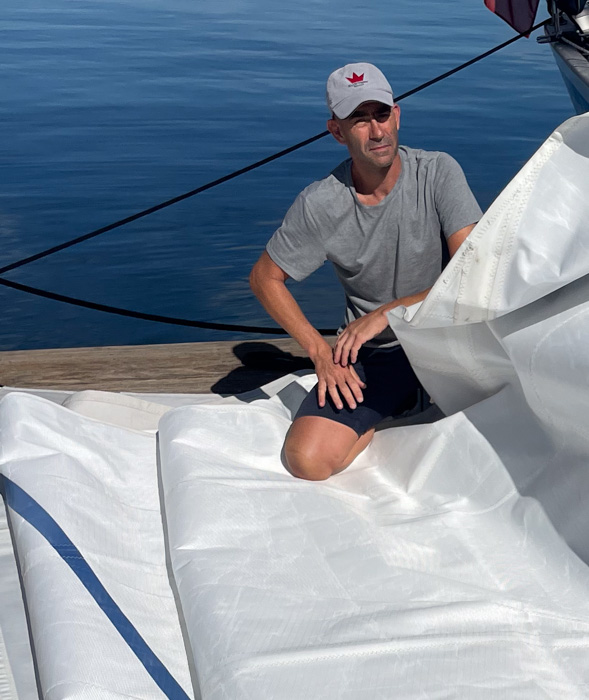
Juan Reboredo from Finish Terra NorthWest is my local sail maker in La Coruña, who checks my sails every winter.

